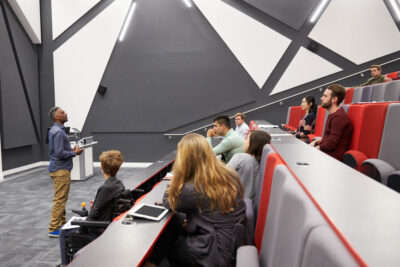Impact of Biden’s “Made in All of America” plan on higher education economic recovery and development efforts
Insights
Impact of Biden’s “Made in All of America” plan on higher education economic recovery and development efforts
 By
Jon Barnhart
January 22, 2021
5 min read
By
Jon Barnhart
January 22, 2021
5 min read

One of President-elect Biden’s most prominent campaign platforms was his “Made in All of America” plan-an economic plan that restores the emphasis on manufacturing while better incorporating new high-tech and advanced processes. The goal is to create pathways to better jobs and higher wages, the creation of new technologies, and increased global competitiveness. The plan is organized into six distinct “lines of effort,” each with a set of imperatives that the incoming Biden administration will (in theory) enact through federal rule changes, legislation, and executive orders. Within each line of effort is a signal of opportunity for higher education institutions to better position themselves to receive federal funding. But to achieve this, institutions will have to rethink, sharpen, and execute on their economic recovery and development efforts.
1. Buy American
The plan begins with a relatively direct effort-the Biden administration will create rules and incentives to ensure consumers, businesses, and federal agencies purchase American-made products as often as possible. And while the impact on higher education is intuitive, it is worth thinking through the effects on procurement if certain grants, federal initiatives, and even state-based programs increase compliance requirements. A few questions to consider today to be prepared for this shift:
- For what purchases is the American-made alternative more expensive?
- What would the impact be on the institution’s bottom-line? (We must assume there will not be a comparative increase in grant funds available to bridge the gap.)
- What common or high-cost purchases do not have readily available American-made alternatives?
2. Make it in America
With a focus on the “backbone of American manufacturing,” this effort will prioritize adding jobs and growing GDP through investments in small and medium-sized manufacturing outfits, as well as those owned by women and minorities. The connections to higher education stem from the suggested implementation efforts, including enhanced job training, increased opportunities for innovation partnerships between universities and manufacturers, and a heightened focus on green energy technologies. There are a few questions institutional leaders can ask themselves now to ensure they are best positioned to benefit:

- With what types of manufacturing companies does the university partner?
- How has COVID impacted these companies and their workforce-and what are the immediate needs the institution is supporting or could support further?
- How much capacity is there within the institution to support local organizations in pursuing federal (and state) grants and contracts?
3. Innovate in America
Those waiting for the dawn of the “second golden era of science” can probably see the first rays of light, as this effort calls for an accelerated $300B investment in R&D over the next four years. As such, the impacts for higher education-research universities in particular-are straight forward (smaller and non-research universities still stand to benefit, as outlined below in Invest in All America). This effort also makes a direct nod to competing with China, an arena where universities have found themselves caught between federal foreign interference investigations and increased skepticism from their industry partners regarding security. To be competitive for this funding increase, institutions will have to better align themselves with the specific opportunities and all their requirements:
- How well do the institution’s research strengths align with the priorities of the plan (e.g., advanced manufacturing, green energy)?
- How connected are the institution’s industry partnership services offices?
- What safety and security measures has the institution implemented to combat foreign interference? What is the institution’s standing with federal law enforcement branches?
4. Invest in all of America
A reframing of this effort might read “invest more equitably in all of America” because the purpose is to ensure historically underrepresented communities benefit more from federal investments. Further reading into the effort highlights the “Job and Educational Opportunity Challenge for All of America,” which is built upon Biden’s free community college pitch. The challenge also proposes an additional $50B for high-quality training programs and an additional $70B specifically for HBCUs, TCUs, and MSIs to implement manufacturing and innovation workforce training. While this effort is the most specific about which higher education institutions will receive direct investments, all institution types can affiliate with these initiatives if they can demonstrate in-demand industry connections:
- What neighborhoods, towns, or regions near the institution have been historically overlooked by federal initiatives, and how can the institution help tell the locality’s story to attract new federal funding?
- (If the institution is an HBCU, TCU, or MSI): What unique teaching, research, and community engagement strengths could be expanded with additional federal funding?
$0 Billion
for HBCUs, TCUs, and MSIs to implement manufacturing and innovation workforce training- (If the institution is not an HBCU, TCU, or MSI): How can your institution partner more effectively with HBCUs, TCUs, and MSIs to compound the impact of increased direct and competitive federal funding?
5. Stand up for America
As with most campaign rhetoric, “stand up for” is a not-so-veiled code for “stand against” someone, and in this case the target is China. While there will be a focus on re-establishing long-held global partnerships in the Biden administration, combating foreign interference from China-both within US higher education institutions and without-will remain a top priority. The Biden Administration will also introduce stronger accountability for sustainability at the organization level, and universities should be prepared to explain (and adjust) their campus sustainability plans as necessary. As such, the key considerations are more compliance-oriented than opportunistic:
- What partnerships does the institution have with entities (e.g., universities, companies, government agencies) in China? How can the institution ensure and demonstrate these partnerships are benevolent and knowledge exchanges are secure?
- With which other international universities does the institution partner, and how can those partnerships be expanded to fill areas of mutual need?
- What is the institution’s sustainability plan and how well is the institution executing against it?
6. Supply America
The final effort is an amalgamation of several of the previous points through the context of the federal supply chain. The 100-day supply chain review proposed in the plan will likely begin with a focus on COVID-related assets before expanding to other critical areas of development and purchasing. Although this effort is the shortest of the six, it still includes a few considerations for institutions attempting to align themselves with the plan:
- What role has the institution played in supporting local manufacturers developing PPE throughout the pandemic? How can the institution help position these manufacturers to contribute to the decreased federal stockpile?
- With a proposed tax code change to claw-back pharmaceutical production to the US, how well positioned is the institution to help local companies pivot to meet this need?
- What lessons in supporting manufacturing companies can the institution synthesize and leverage to develop a next-generation crisis preparedness plan for the region?
Related Research
Support your campus through the coronavirus crisis
Navigate your institution’s response to coronavirus with toolkits, expert insights, and example peer policies.
Learn moreMore Blogs

Fixing What’s Broken in Interdisciplinary Program Design

What higher ed can learn from these successful academic program revitalizations
